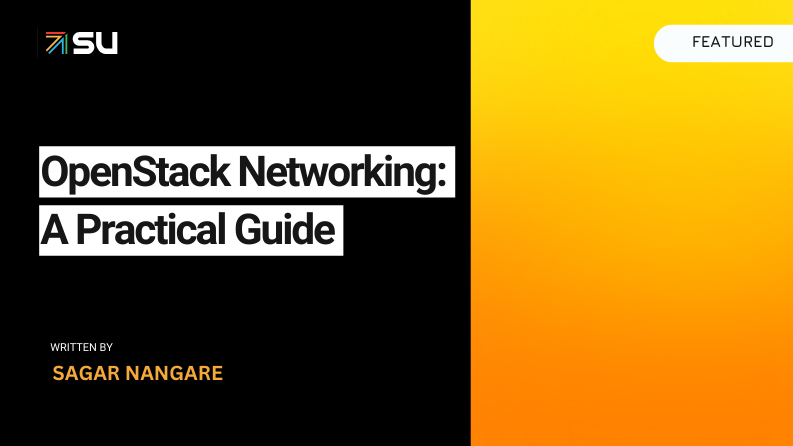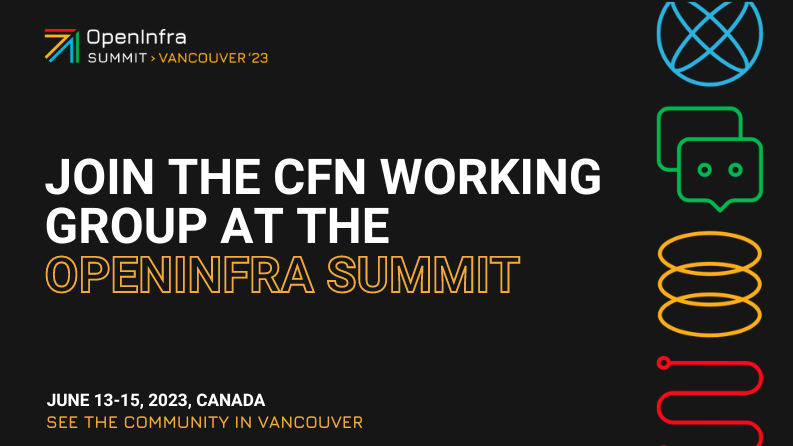Software-defined networking and network function virtualization play an increasingly important role in transforming networks for the 5G and next generations of the network.
Behind these hot acronyms are a world of open-source contributors, raising the question of how open source mixes with business objectives.
That was the key question posed in a recent panel at Network Developer Day, organized by the Out of the Box Network Developers Meetup group in Santa Clara, California. The “cloud gurus” answering were Robert Starmer, founder and CTO of Kumulus Technologies, Google’s Lakshmi Sharma and Sanjit Dang, investment director at Intel Capital.
“The value and the knowledge that’s coming from open source is tremendous,” says Sharma, who says that five or six years ago, networking was “anything but cool” but that efforts like OpenDaylight, OPNFV and OpenStack have put it back in the spotlight. “That’s the reason so many companies have been able to make so much progress.”
She also cites the example of TensorFlow and the strides the open-source software library for data flow programming across a range of tasks is making in artificial intelligence for a number of companies. “Open source has enabled all of us to innovate at various levels, vertically, horizontally — basically any way you can imagine,” she concludes.
There’s a big difference however, Starmer says, between open source code and an an open source community.
“Once you have a community, you actually have a project. You have people who are able to contribute and start to consume, to adjust the technology to fit real needs…and that drives that open technology into enterprise extensions. Or maybe you don’t find that and it becomes more of a service organization,” he says.
And on the eternal question of the economics of free and open source development, Dang had a few core thoughts.
“Intel as a company has thrived thanks to adopting open source as well as driven the market for it,” says Dang. “From an Intel Capital perspective, we invest in open source companies all the time. We do look for a critical mass of developers before we start get into it,” he adds, bringing up the examples of investments in Cloudera and Mirantis. “We look at what the contributions of the company bring to differentiating their business, such as security and other enterprise-ready features.”
Real deployments, challenges in SDN
Responding to an audience question about what happens in the trenches, Starmer says that many approach SDN as an end to itself — networking companies trying to sell it to clients as “the answer, ” a position he describes as “backwards.”
The real issue, he says, is how you apply it. “If you’re a service provider, having software definable and software manageable networks — whether they be classic hardware with software extensions that make it easy to manage or you actually build overlay-modeled SDN networks — the need is the flexibility, the fungibility, the self-service capabilities that network service provides. ” He says not everyone needs all of these capabilities.
“Deploying an SDN within an enterprise may not make sense — just to say you have it, ‘I’ve deployed one and it’s wonderful, my network admins like it because it’s more flexible’ – but it doesn’t necessarily provide any business value.” Service providers, he adds, have an obvious need for it but some enterprises may not. “If there’s business value that we can show, then it absolutely makes sense to go through the learning curve of SDN.”
Catch the whole 109-minute session below.
- Demystifying Confidential Containers with a Live Kata Containers Demo - July 13, 2023
- OpenInfra Summit Vancouver Recap: 50 things You Need to Know - June 16, 2023
- Congratulations to the 2023 Superuser Awards Winner: Bloomberg - June 13, 2023

)










